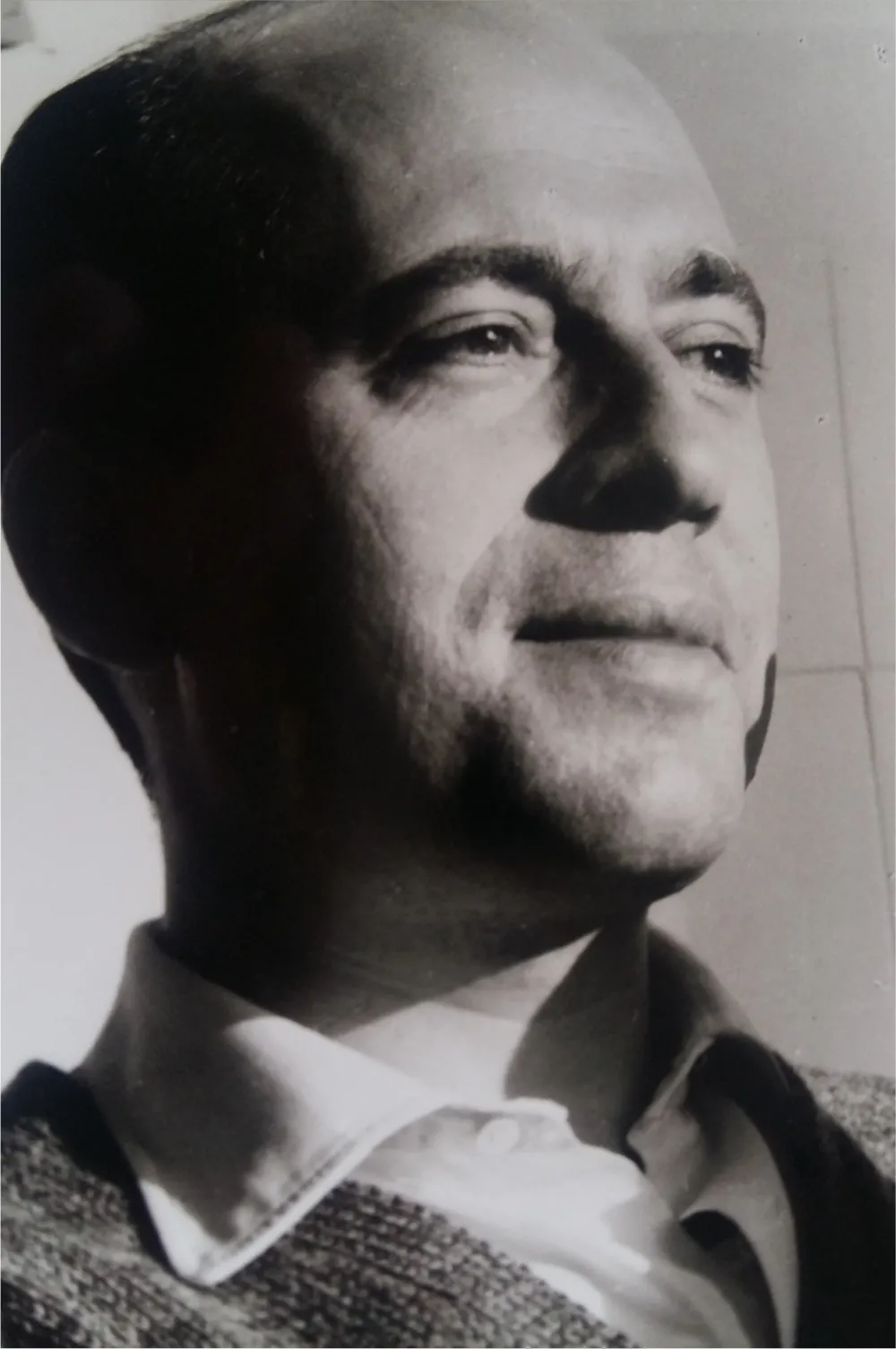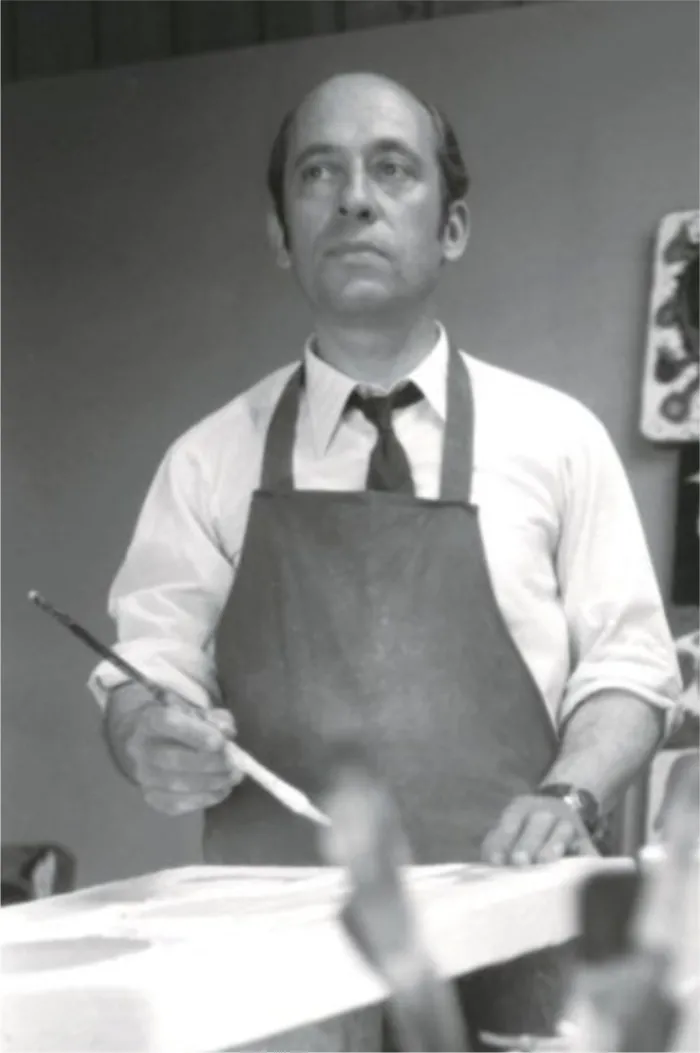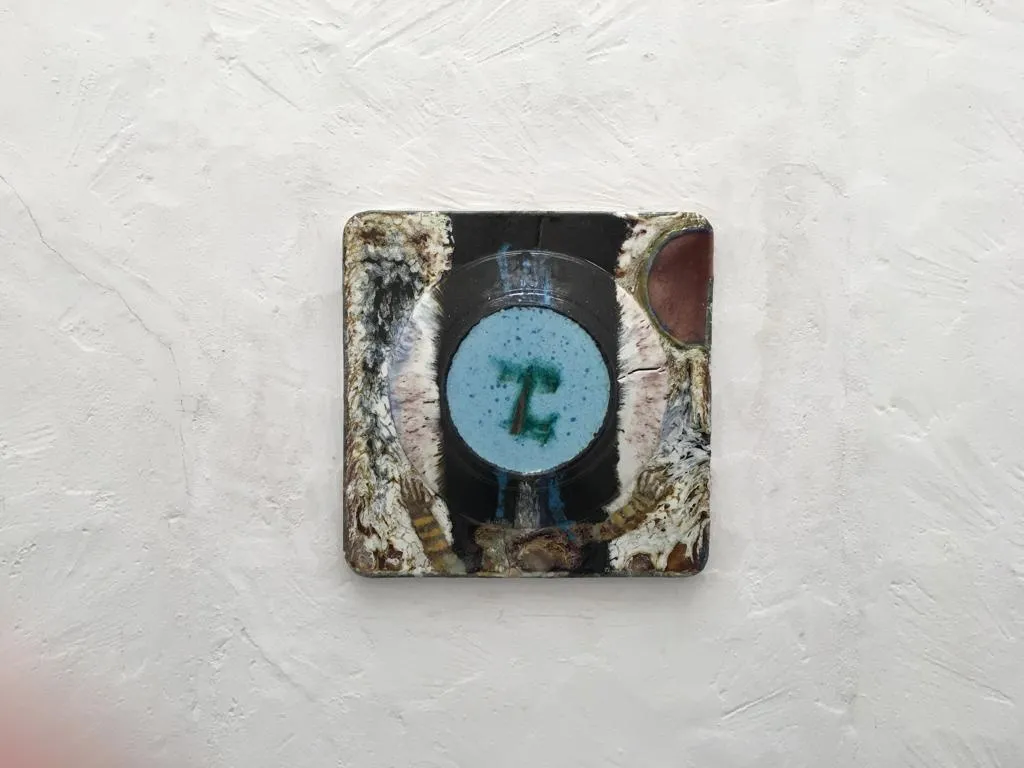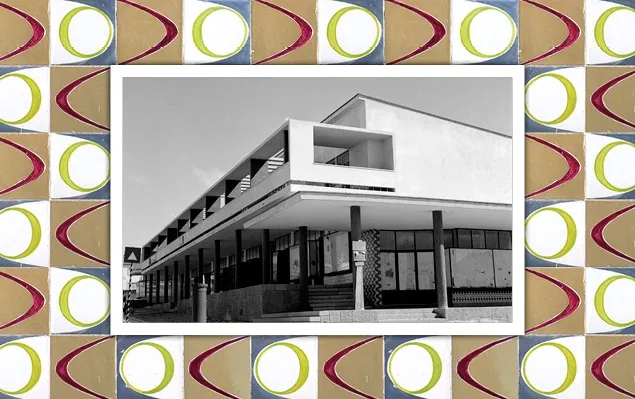Querubim Lapa
Born in 1925, Querubim Lapa began working in the mid-20th century, accompanying and shaping the first movement of modern Portuguese tilework.
Until then, Art Nouveau, Art Deco and nationalist tiles inspired by the past predominated. In the 1950s it was precisely when a more abstract production developed, also exploring more complex forms of its relationship with architecture.
The relationship with the Viúva Lamego factory was fundamental in his work. A material relationship, since Querubim Lapa actually learnt how to work with ceramics, not delegating production to other people. He used the ceramic works almost like an alchemist.
He worked with pigments, of course, but he began from an early age to create relief, to mould the clay himself. Querubim Lapa, one of the key figures in Portuguese tiles and ceramics over the last half-century, is the artist with the most works in public spaces in the country and no city has as many as the capital.



